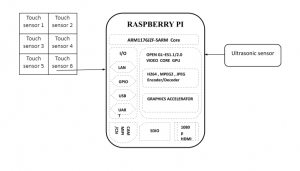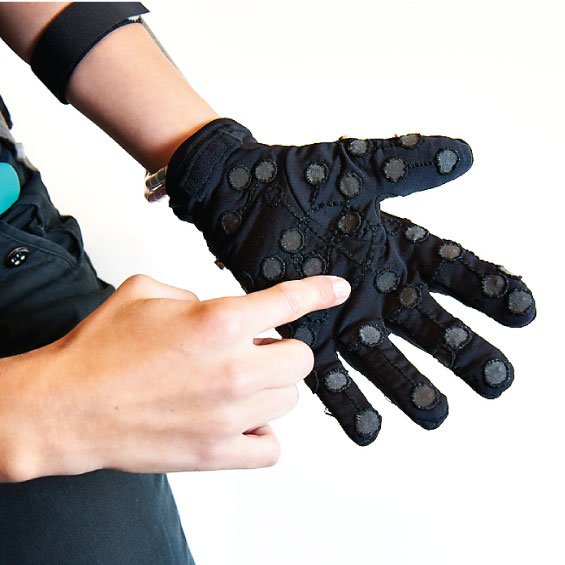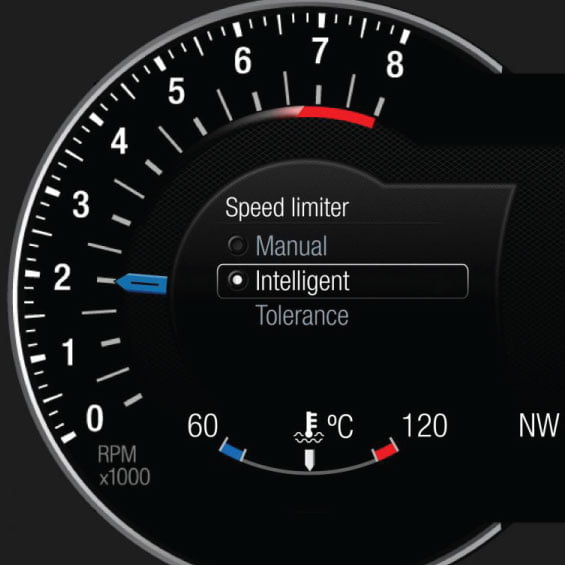Description
Braille-Based Mobile Communication using Raspberry pi
ABSTRACT:
Deaf-blind people are excluded from most forms of communication and information. This paper suggests a novel approach to support the communication and interaction of deaf-blind individuals, thus fostering their independence. It includes a smart glove that translates the Braille alphabet, which is used almost universally by the literate deaf-blind population, into text and vice versa, and communicates the message via SMS to a remote contact. It enables users to convey simple messages by capacitive touch sensors as input sensors placed on the palmer side of the glove and converted to text by using a python program run in raspberry pi on the gloves. The glove also makes communicating with laypersons without knowledge of Braille possible, without the need for trained interpreters.
Braille-Based Mobile Communication using Raspberry pi
INTRODUCTION:
Deaf-blindness is a sensory impairment with a combined loss of vision and hearing. The degree of sensory loss in a deaf-blind individual depends on the cause of their disability. It can be congenital (by birth) or acquired at a later stage in life. Deaf-blind individuals are a unique, heterogeneous, and marginalized group of individuals whose disability is greater than the sum of the individual disabilities of deafness or blindness. There are about 500,000 deaf-blind individuals across India. Such people often face social isolation and severe communication, developmental and educational problems. Typically, people with acquired deaf-blindness have the opportunity to learn and use Braille for communication. Braille is a tactile alphabet in which each character consists of a combination of raised dots in a 6-cell ordered matrix.
Braille-Based Mobile Communication using Raspberry pi
EXISTING SYSTEM:
- Text and voice-based mobile communication
- The current system depends totally on visuals
- No braille keypad is integrated with smartphones
Braille-Based Mobile Communication using Raspberry pi
PROPOSED SYSTEM:
Braille gloves consist of six touch sensors that can be used as braille dots for input characters. Since the whole thing is designed as a glove users can easily learn to use it with little effort. Each character is recognized and saved in text format after typing an entire message user can tap any of the sensors three times to send the message. The message can also be converted to an audio signal for local communication with the nearby person. This glove includes an ultrasonic sensor to detect an obstacle in front of a person while walking. If any obstacle is found audio feedback is given through the headset connected to the glove.
Braille-Based Mobile Communication using Raspberry pi
BLOCK DIAGRAM:

HARDWARE TOOLS:
- RASPBERRY PI
- TOUCH SENSOR
- ULTRASONIC SENSOR
SOFTWARE TOOLS:
- RASPBIAN STRETCH
- PYTHON PROGRAM
REFERENCES:
[1] T. R. Fricke, N. Tahhan, S. Resnikoff, E. Papas, A. Burnett, S. M. Ho, K. S. Naidoo, “Global prevalence of presbyopia and vision impairment from uncorrected presbyopia: systematic review, meta-analysis, and modeling”. Ophthalmology, 125(10), 1492-1499, 2018.
[2] Weygand, Z. (2009). The blind in French society from the Middle Ages to the century of Louis Braille. Stanford University Press.
[3] J. Jiménez, J. Olea, J. Torres, I. Alonso, D. Harder, and K. Fischer, “Biography of Louis Braille and Invention of the Braille Alphabet,” Survey of Ophthalmology, vol. 54, no. 1, pp. 142–149, 2009.
[4] G. Byrd, “Tactile Digital Braille Display,” in Computer, vol. 49, no. 11, pp. 88-90, 2016.
[5] J. Siqueira, Fabrizzio Alphonsus Alves De Melo Nunes Soares, C. R. G. Silva, L. D. O. Berretta, C. B. R. Ferreira, I. M. Felix, and M. M. Luna, “BrailleÉcran: A Braille Approach to Text Entry on Smartphones,” 2016 IEEE 40th Annual Computer Software and Applications Conference (COMPSAC), vol. 2, pp. 608–609, 2016.
[6] S. Azenkot, J. O. Wobbrock, S. Prasain, and R. E. Ladner, “Input finger detection for nonvisual touch screen text entry in Perkinput”, In Proceedings of Graphics Interface 2012, pp. 121-129, Canadian Information Processing Society, 2012.
[7] B. Frey, C. Southern, and M. Romero” Brailletouch: mobile texting for the visually impaired”, In International Conference on Universal Access in Human-Computer Interaction, pp. 19-25, Springer, Berlin, Heidelberg, 2011.



































































































































































































































































































































































































































































































































































































































































































































































































































































































































































































































































Customer Reviews
There are no reviews yet.